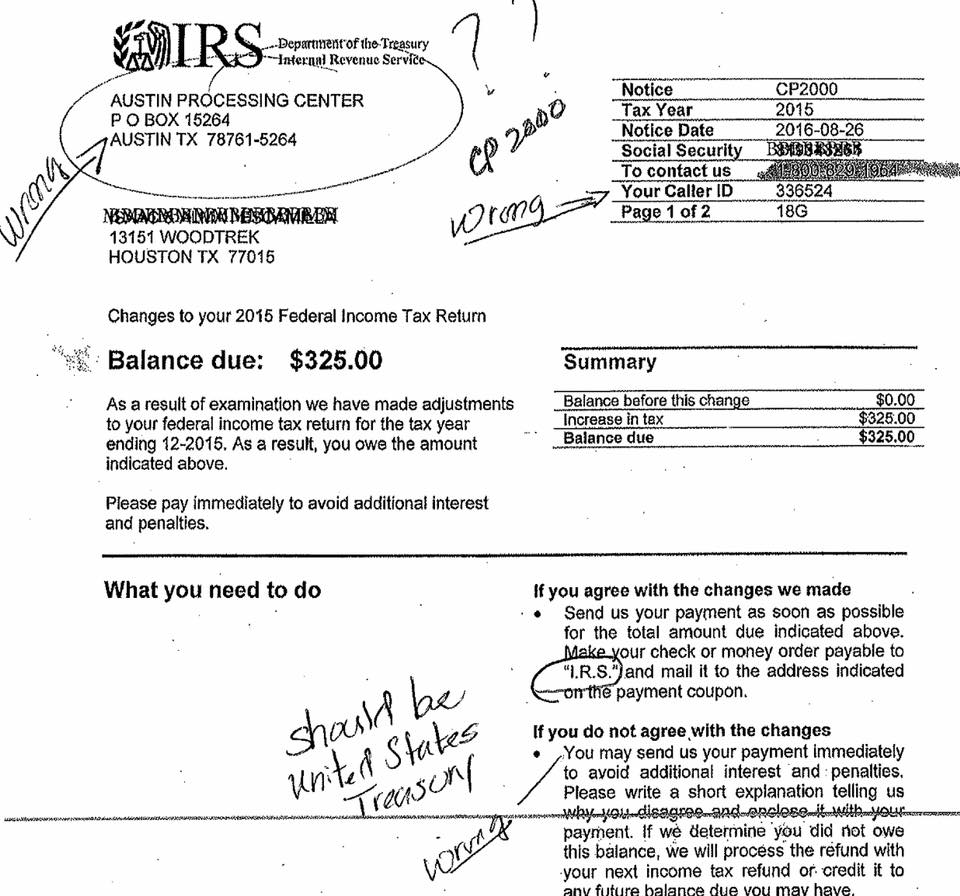Taxpayers who contribute to a retirement plan, like a 401(k) or an IRA, may be able to claim the Saver’s Credit. This credit can help a person save for retirement and reduce taxes at the same time.
Here are some key facts about the Retirement Savings Contributions Credit:
Nonrefundable Credit. The maximum contribution is $2,000 per person. Those filing a joint return can also contribute $2,000 for the spouse. However, the credit cannot be more than the amount of tax that a taxpayer would otherwise pay in taxes. This credit will not change the amount of refundable tax credits.
- Income Limits. Taxpayers may be able to claim the credit depending on their filing status and the amount of their annual income. They may be eligible for the credit on their 2016 tax return if they are:
- Married filing jointly with income up to $61,500
- Head of household with income up to $46,125
- Married filing separately or a single taxpayer with income up to $30,750
- Other Rules. Other rules that apply to the credit include:
- Taxpayers must be at least 18 years of age.
- They can’t have been a full-time student in 2016.
- No other person can claim them as a dependent on their tax return.
- Contribution Date. A taxpayer must have contributed to a 401(k) plan or similar workplace plan by the end of the year to claim this credit. However, the taxpayer may contribute to an IRA by the due date of their tax return and still have it count for 2016. The due date for most people is April 18, 2017.
- Interactive Tax Assistant Tool. The ITA tool is a tax law resource that asks taxpayers a series of questions and provides a response based on the answers. Taxpayers can use Do I Qualify for the Retirement Savings Contributions Credit? to determine if they qualify to claim the Saver’s Credit.
- Form 8880. File Form 8880, Credit for Qualified Retirement Savings Contributions, to claim the credit.

